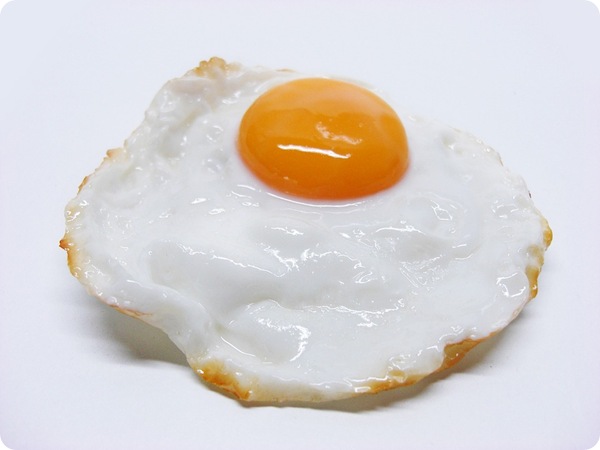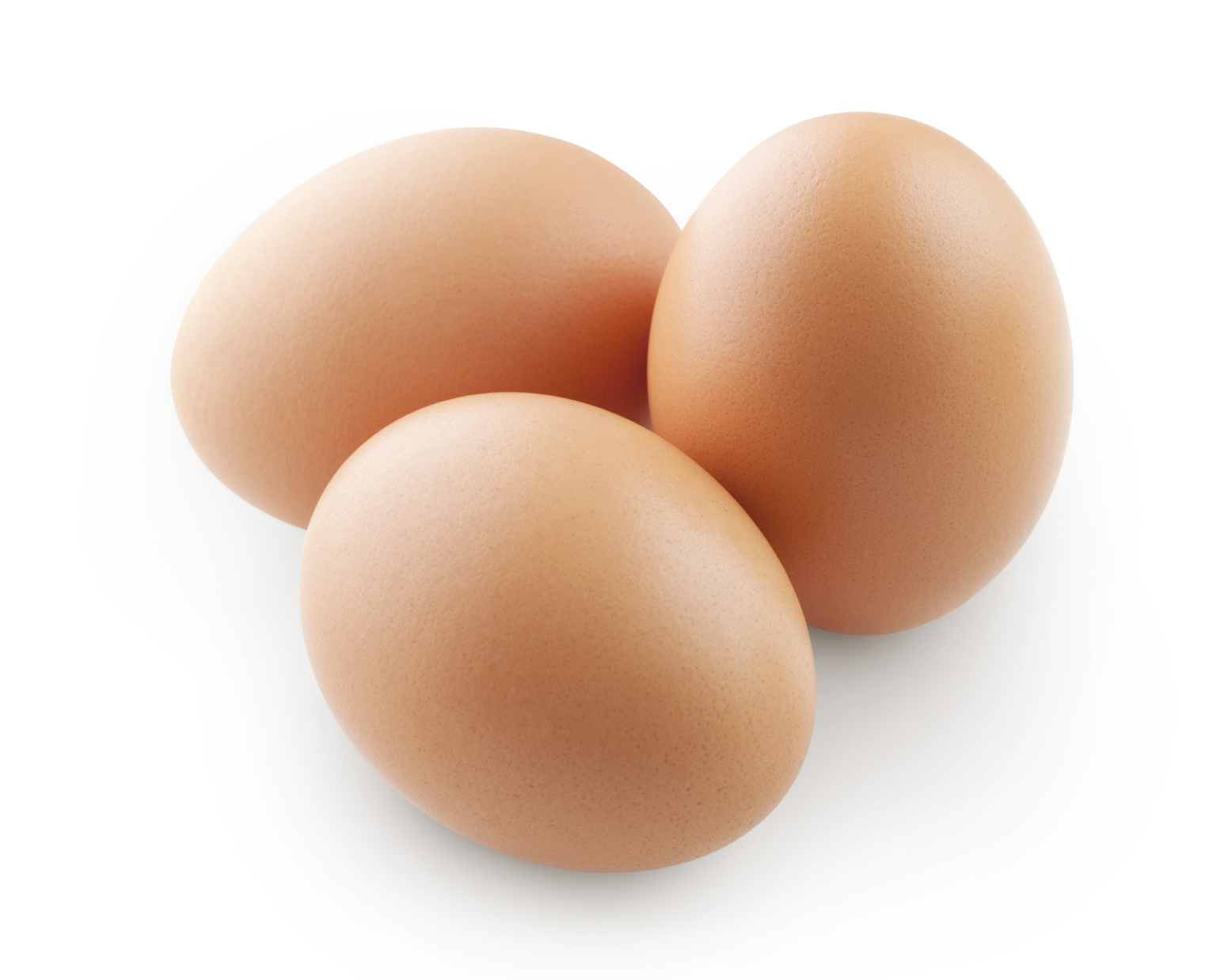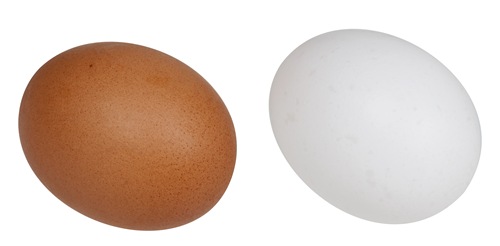There are few things more pleasing than the sizzling pop and savory smell of a fried egg in the morning; or in the evening, if that’s your thing. The following will lay out the most widely accepted cooking methods frying eggs, along with suggested sides to complete the meal. This list will not include eggs that are boiled eggs, scrambled eggs, or omelets.
Related articles about How to fry an egg
The “classic” fried egg, the one you get if you don’t specify the other types, is considered over-hard. Begin by heating the pan to medium/hot—about halfway up on the dial. Allow the pan approximately 90 seconds for the heat to spread, and apply any non-stick substance. It’s easiest to toss a tablespoon of butter in the pan and let it liquefy, or you can take a dab of oil and spread it with a napkin. All that’s left is to crack the eggs on the side of the pan and drop both the whites and the yolk onto its surface. Wait a few seconds for the underside to harden, then poke the yolk with the spatula. Let the yolk spread until it hardens with the whites, and flip the whole thing. Cook to desired hardness on both sides, and don’t forget to season it with a pinch of salt and/or pepper while it’s hot!
—Great with: American cheese between two slices of potato bread. Add a tomato if you’re feeling bold.

Over-easy and over-medium eggs are fried the same way as the aforementioned over-hard eggs, the difference being the heat applied to each. For over-easy eggs—with runny yolks—lower the heat to about a 3; for over-medium, set it at about 4. Of course, this depends on how hot your stove gets, so adjust the numbers accordingly.
—Great with: A side of cheese grits and a well-seasoned sausage or two.
Sunny side up eggs are similar to over-easy, in that they are cooked in low heat and the yolk remains runny. The difference between sunny-side eggs and over-easy is that there is no flip. You simply cook the whites around the edges until they crisp and leave the yellow yolk untouched. You can harden the runniness of the yolk by adding a lid to the top of the pan.
—Great with: Buttered, toasted wheat bread to dip in the yolks.
Basted eggs are a derivative of sunny-side ups, and they are cooked the same way with one extra step. While the egg is simmering in low heat and hardening on one side, you scoop the fat oils in the pan onto the top of the egg, splashing it with hot liquid to cook that side without flipping it. As an alternative, you can spray water in to the empty spaces and cover it quickly, giving that basted egg a “poached” egg top. Be advised, this requires good timing to make it perfectly.
—Great with: A caesar salad with extra croutons.
That’s all there is to it! You are now an expert in frying eggs.



